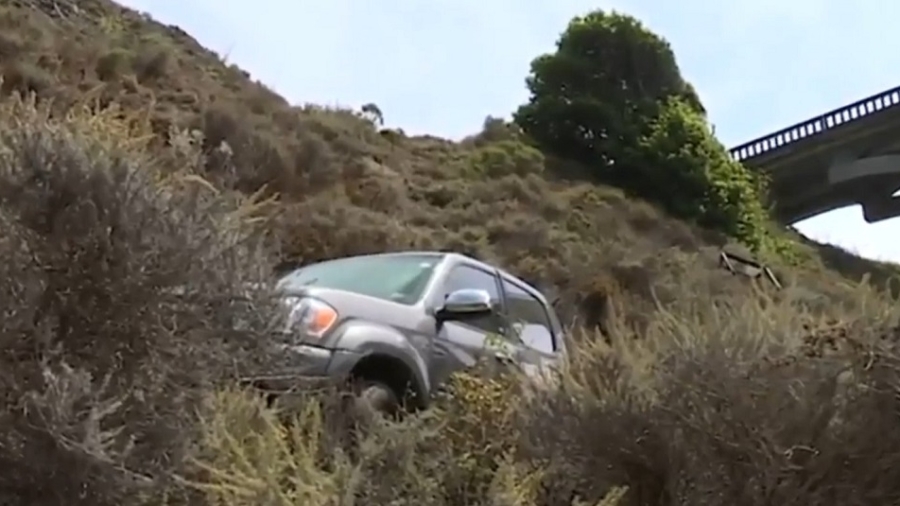MONTEREY COUNTY, CA (KSWB)—A second car has gone over a cliff in Big Sur, California, in less than a week.
According to the Monterey County Sheriff’s Office, search and rescue crews are responding to the area of Big Creek Bridge where a second car has been reported going off the cliffs.
On Saturday a car went off a 200 foot cliff south of Big Sur.
Search and rescue responding to car over cliff in Big Sur, second this week https://t.co/p0yBWrVZEF pic.twitter.com/HAFJB98nBl
— KSBW Action News 8 (@ksbw) August 27, 2019
The car fell into heavy brush according to Big Sur Fire. The Coast Guard says the car fell in the area of the Lime Creek and John Little State Natural Reserve.
An occupant of the vehicle was not found as of Saturday night.
Beaches Across America Showed Unsafe Levels of Pollution Last Year
Before you head to the beach this summer, you might want to double-check the water conditions.
Last year, nearly 60 percent of 4,523 beaches tested across the United States demonstrated unsafe water pollution levels on at least one day, according to a report released on July 23 by the nonprofits Environment America Research & Policy Center and Frontier Group.
These 2,627 beaches had bacteria levels that exceeded the U.S. Environmental Protection Agency’s “Beach Action Value” threshold, which it recommends states use to provide an early alert to beachgoers who may be particularly sensitive to contaminants.
#ÚLTIMAHORA | Despiden y multan con 45.000 euros al joven que lanzó una nevera por un monte de #Almeria
Los compañeros del Seprona ha identificado a este hombre que se grabó lanzando un frigorífico en un monte.???????? pic.twitter.com/zdubu2ZxBx
— AUGC Guardia Civil (@AUGC_Comunica) July 31, 2019
On the higher end of the scale in the new report, Inner Cabrillo Beach in Los Angeles County had 85 potentially unsafe days out of 175 days sampled. By contrast, Bethany Beach in Delaware’s Sussex County tested potentially unsafe on one of 33 sampled days.
The report compiled data from sampling conducted by local, state and federal agencies submitted to the National Water Quality Monitoring Council’s Water Quality Portal.
It warned that sewage and fecal contamination of swimming areas pose a public health threat. Humans who come into contact with it can develop gastrointestinal illness, respiratory disease, infections, and skin rashes, the report said.

Sources of pollution at beaches include urban runoff, sewage overflow and failing septic systems, and concentrated livestock manure, according to the report.
The number of reported recreational water illnesses has steadily increased over the past few decades, the U.S. Centers for Disease Control and Prevention says. About 90 million illnesses occur from water recreation events annually, according to a 2018 study published in the journal Environmental Health.
![]()


